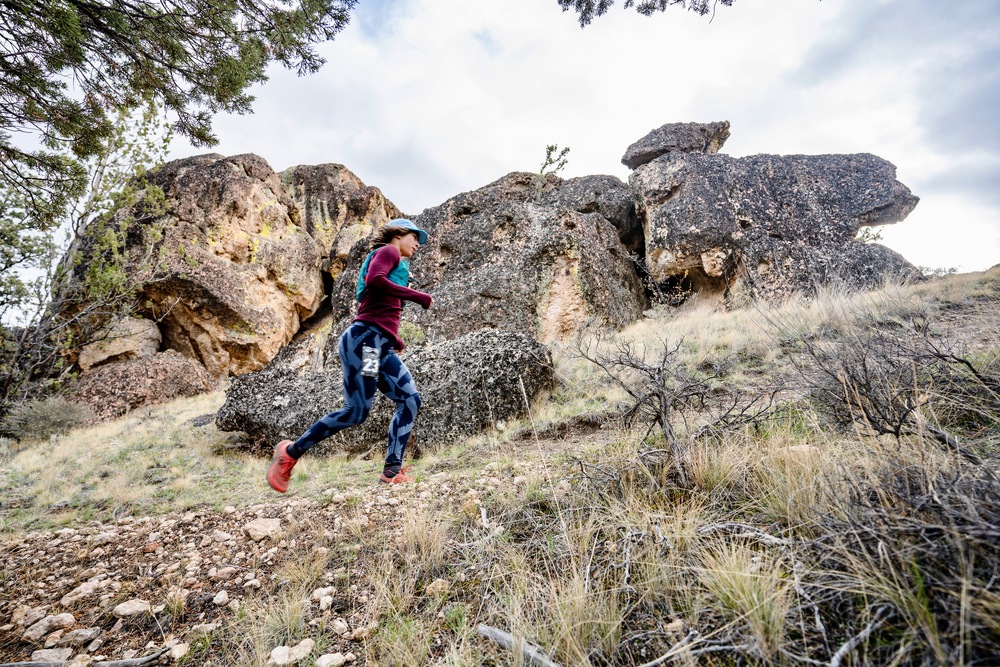It’s a question we hear often at Gold Country Run and Sport:
“Why am I not getting any faster, even though I run regularly?”
Many runners, beginners and veterans alike, hit a performance plateau. And if you’re juggling a busy life with work, family, and everything in between, it can feel like your progress has stalled. Trust us, we get it.
If your weekly routine looks like the same loop at the same pace every day, you’re not alone. While that kind of consistency builds endurance and discipline, it doesn’t do much to improve speed. The good news? You don’t need to overhaul your training to make a difference.
Here are two simple and low-risk workouts that we recommend to start building speed, even when time is tight.
- Add Speed with Group Interval Workouts
Training with a group makes a world of difference. Fast running, especially interval workouts, can feel daunting alone. But with others, it becomes both doable and enjoyable.
Try this: once a week, add a workout where you run faster than your normal pace. Something like:
- 10 rounds of 2 minutes at your 5K goal pace
- 1 minute of light jogging or walking between intervals
This format keeps things simple and effective. It’s about 20 minutes total of hard effort—just enough to challenge your speed and build fitness without burning you out.
You don’t need a track to do this, either. A flat path, trail, or road will work fine. The key is consistency and effort. Find a local group or running buddy who can join you and watch your motivation (and pace) rise.
- Unlock Speed with Short Uphill Sprints
If you’ve never tried short hill sprints, now’s the time. These quick, powerful efforts are one of the best ways to safely develop speed, strength, and running efficiency—especially for busy runners.
Here’s how to start:
- Find a hill with a moderate incline (about 6–10%)
- Sprint uphill for 10–15 seconds
- Start at 80–90% effort, focusing on strong form
- Recover fully by walking back down (~2 minutes)
- Repeat 6–8 times
Why it works:
- Uphill running activates your fast-twitch muscles
- The incline reduces impact, lowering injury risk
- Short reps mean you can tack them onto the end of a regular run
- It teaches your body to run with better form and power
Over a few weeks, aim to increase your effort gradually until those last few steps are at full speed. But don’t rush it, the priority is staying healthy and injury free.
The Takeaway
Speed won’t come from logging the same miles at the same pace. But it also doesn’t require complex training plans or extra hours. Just add one faster session a week, and layer in short hill sprints when you can.
Remember: consistency and variety are the magic combo.
Whether you’re training for a race or just want to feel stronger and more efficient, these two sessions can unlock a new level in your running.
And if you’re in the area, stop by Gold Country Run and Sport—we’d love to help you put together a plan, recommend gear, or connect you with a local run group.
Run strong. Run happy.
Matt Balzer


0 Comments